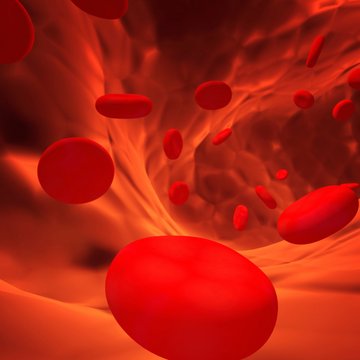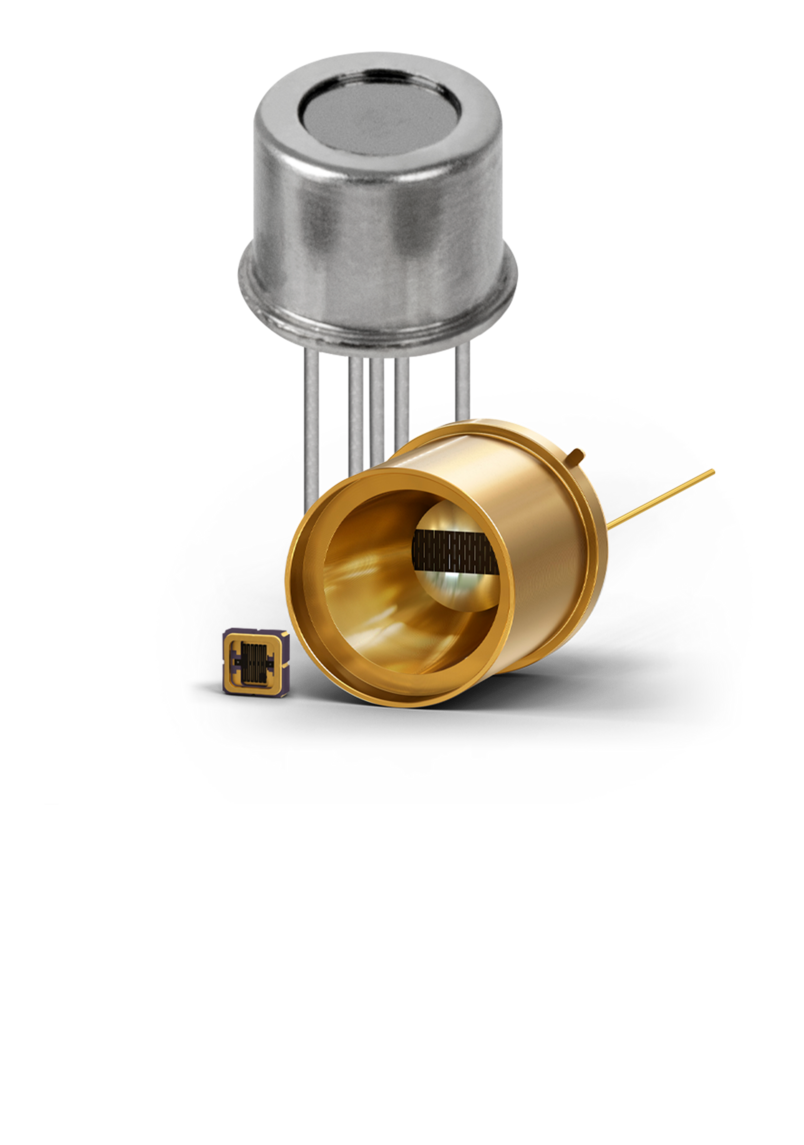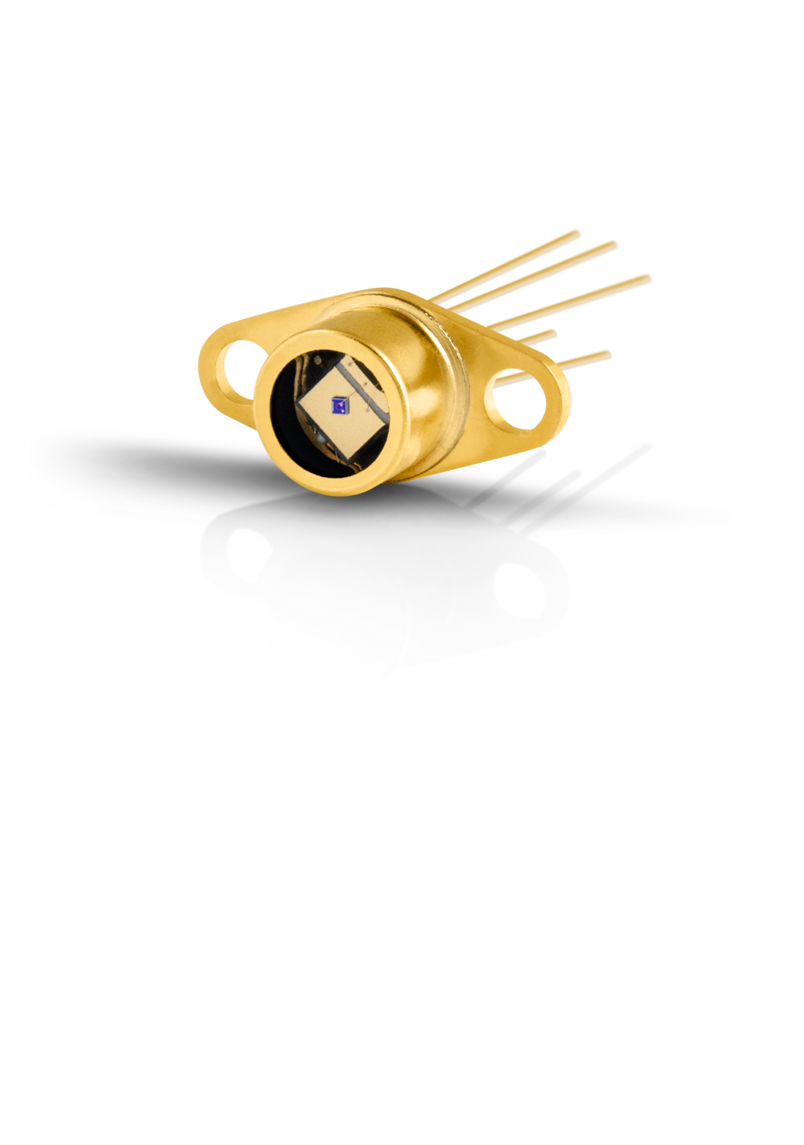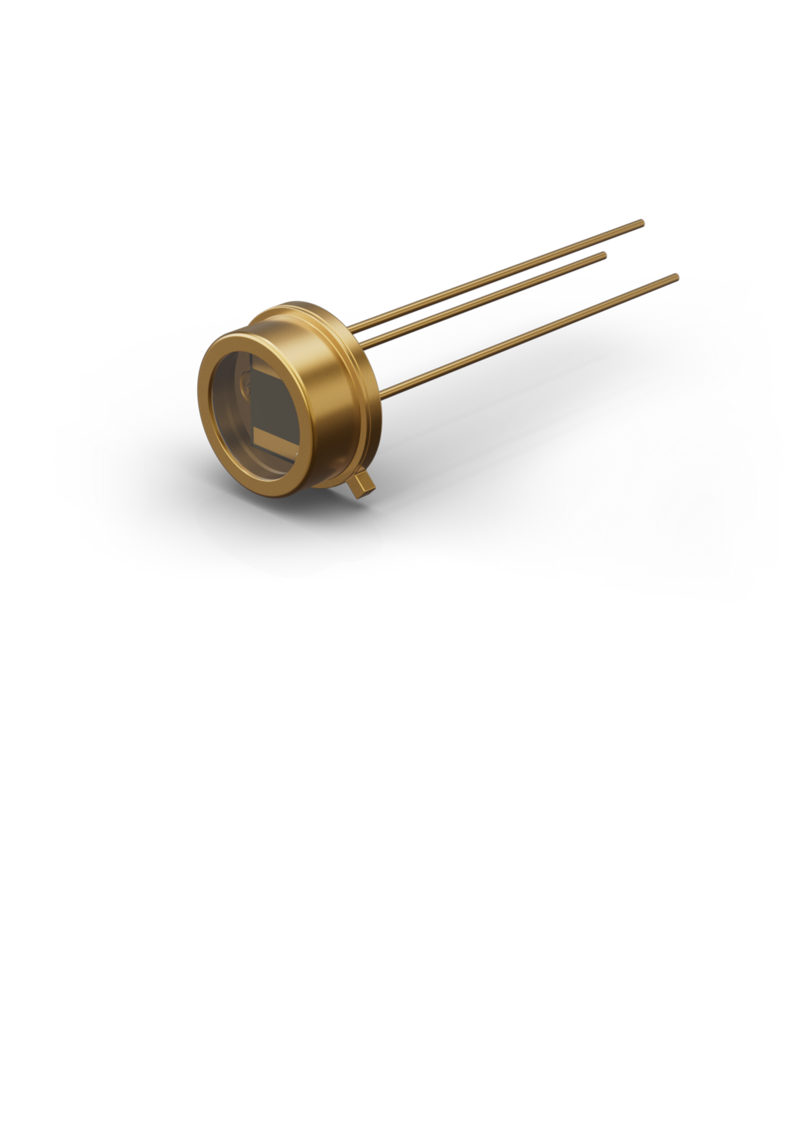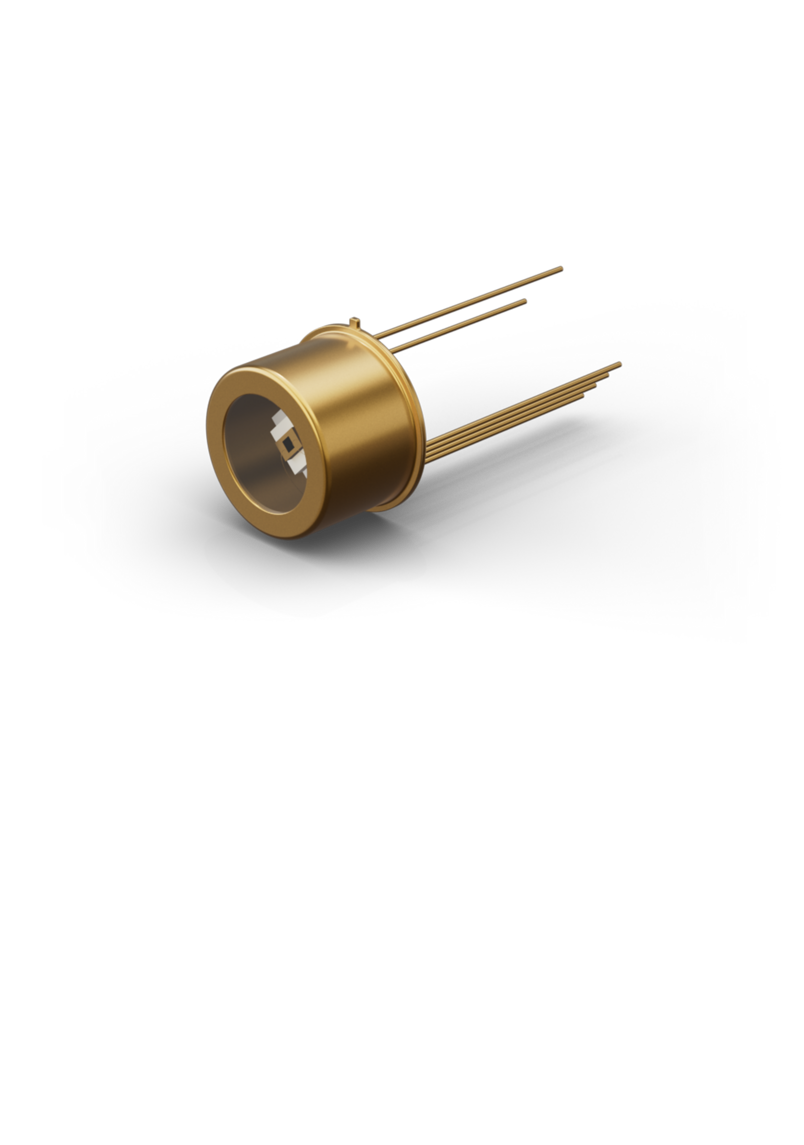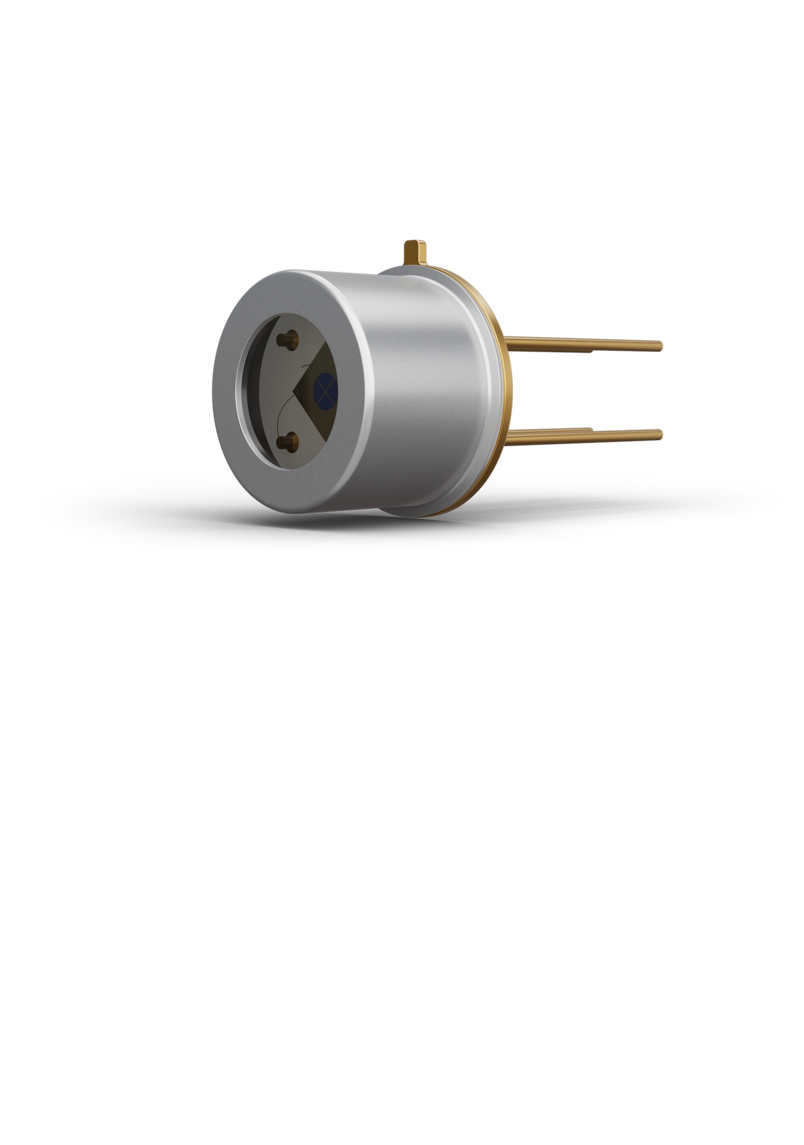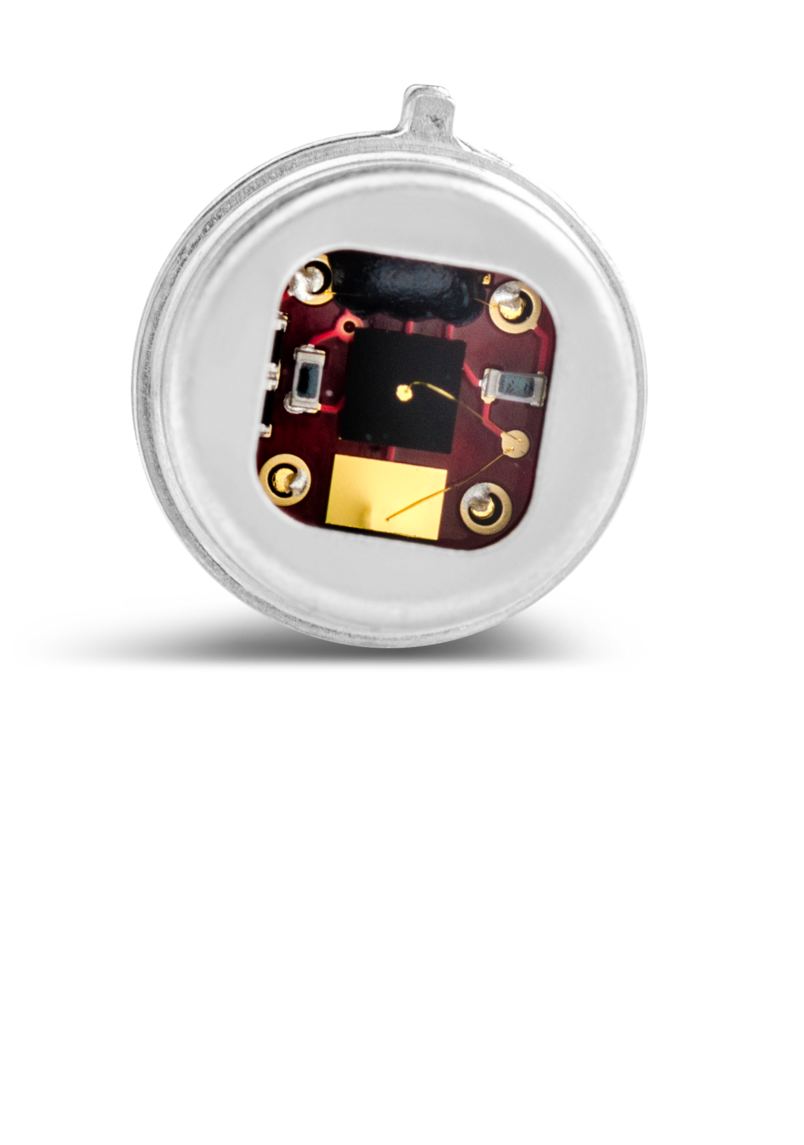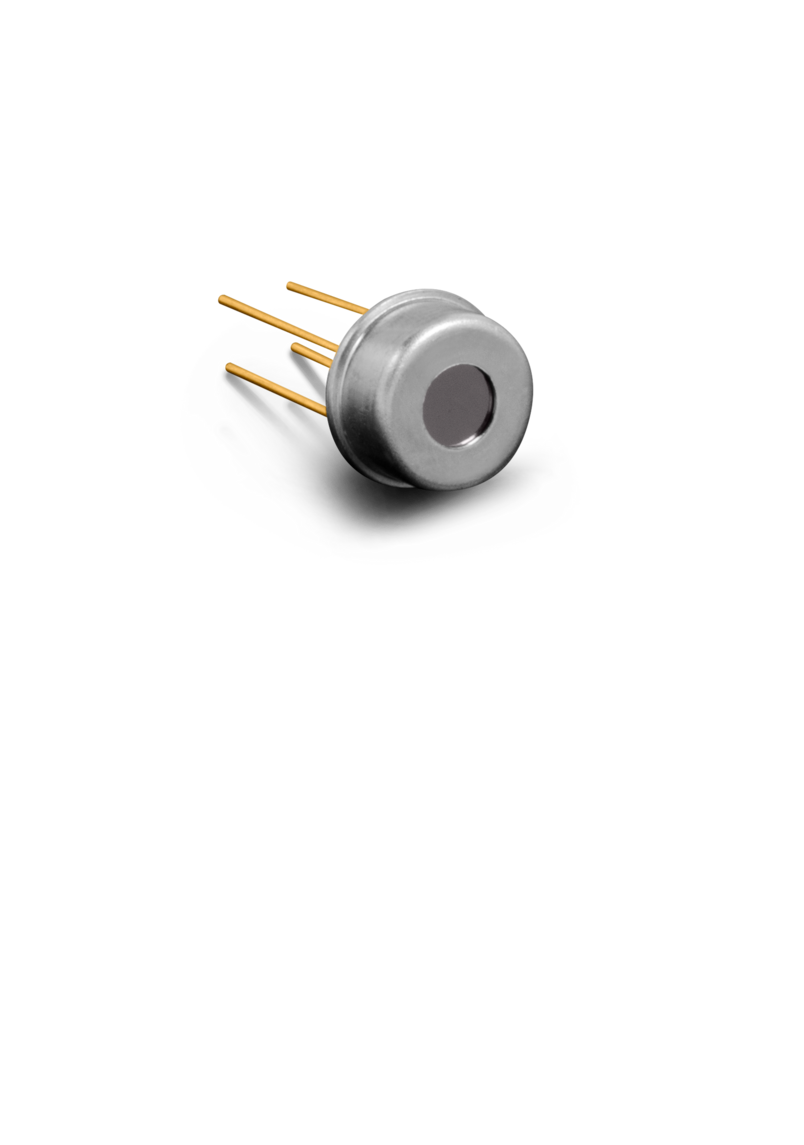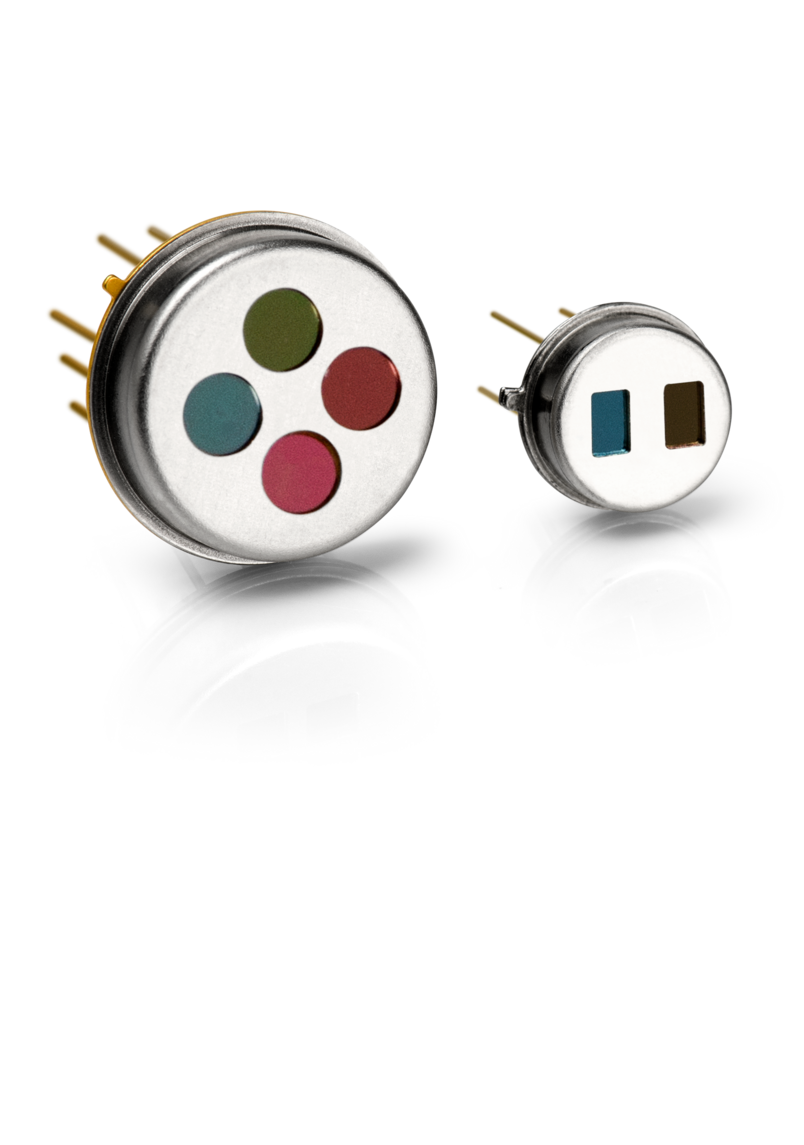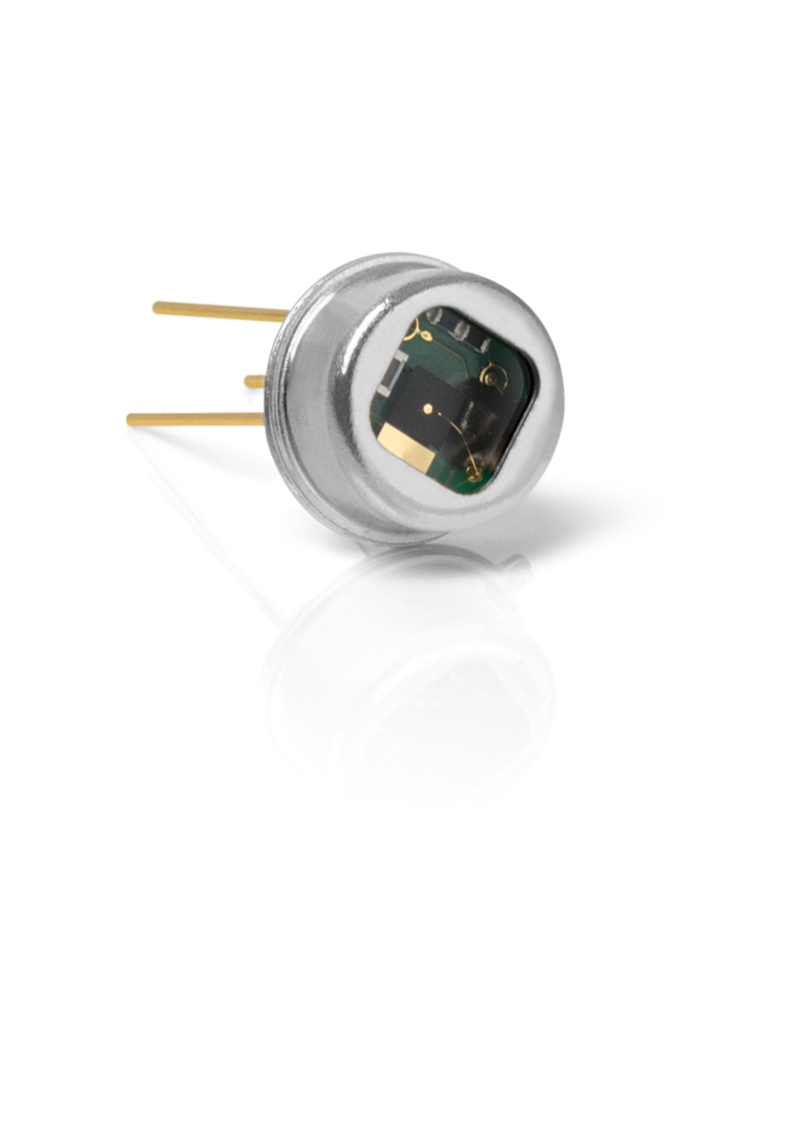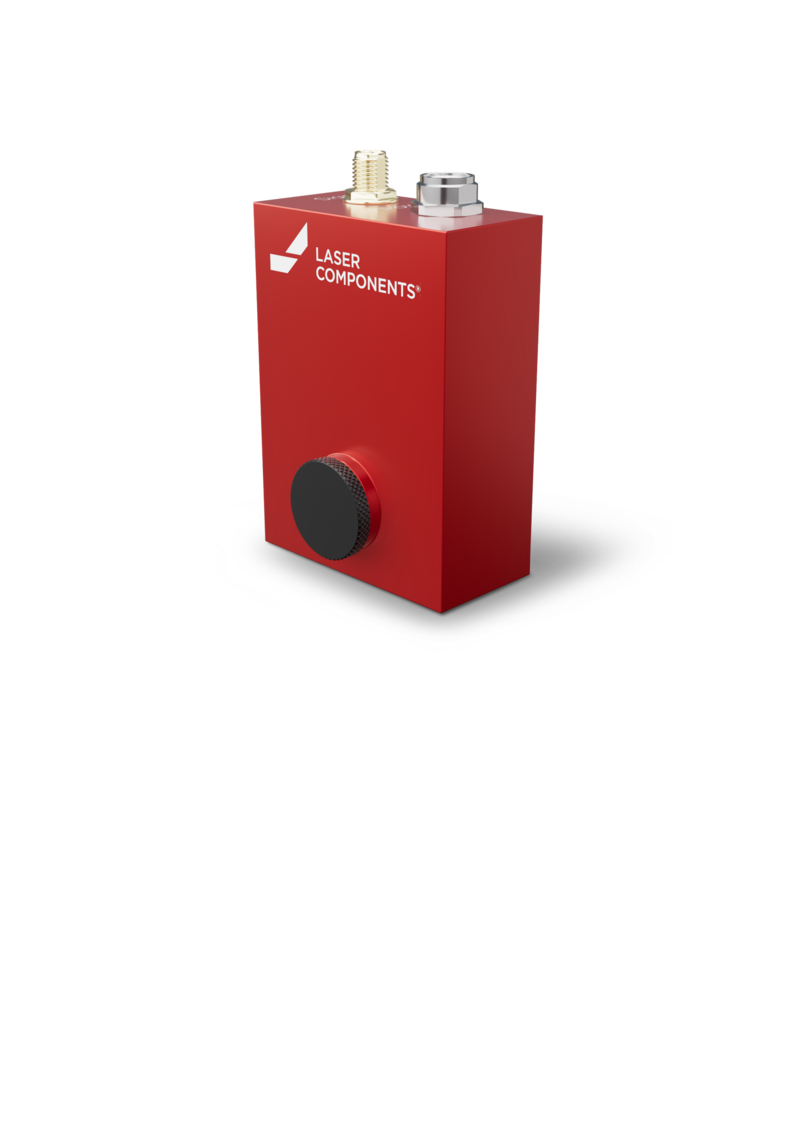Breath Gas Analysis will be Used in the Future to Detect EPO Doping
Erythropoetin (EPO) is a hormone that promotes the development of red blood cells and is primarily produced in the kidneys. Hemoglobin is predominantly located in red blood cells; this red blood pigment binds and transports oxygen and is thus an important indication of endurance. The greater the total hemoglobin mass (tHb) is, the greater the maximum absorption capacity of oxygen VO2max, and thus endurance, is. Endurance athletes, therefore, strive to achieve particularly high tHb values.
EPO Doping
Beyond Borders
Synthetically-produced EPO has made headlines as an illegal source of enhancing an athlete’s performance. There are now many different ways to consume EPO: in addition to a large variety of preparations, doping can be carried out using one’s own blood; this rich variety makes doping difficult to prove.
Today, detection methods are often based on the combined testing of urine and blood samples.
In urine samples, synthetic EPO can be detected within a restricted timeframe; however, some conditions must be met. For example, it is necessary that enzymes not be mixed in with the sample [1].
In a blood passport, an athlete’s individual data is compared over time. As central measurement parameters, hemoglobin concentration [Hb], hematocrit (Hct), and the number of reticulocytes can be measured. Abnormal changes can be detected but a direct effect cannot. It is, therefore, necessary to include another parameter in the blood passport: tHb, which does not exhibit any significant changes at sea level, irrespective of one’s training cycle. [2]
Method of Determining tHb
Beyond Borders

The goal of current research is to establish a practical, non-invasive testing method for determining tHb that neither strains the athlete nor takes a lot of time.
The most widespread measurement method for the determination of tHb is presently Schmidt and Prommer’s CO-rebreathing method [3]. This is a breath test in which the athlete must initially inhale an amount of CO that is above a healthy threshold value: this method is too dangerous to serve as a standard, even though it is very accurate.
The company Invivo, Institute for Trace Gas Technology, has been working since 2009 with the World Anti-Doping Agency (WADA) on a method in which 15NO is used as a tracer gas. A completed project has already shown that detection works on a principle level. A follow-up project is currently running with the goal of optimizing this measurement method: a concentration of 20 ppm 15NO should be inhaled for only 4-5 min.; a value of 40-50 min. was previously required. As a comparison: on a well-frequented street, the NO concentration is approximately 1.5 ppm; the threshold value recommended to avoid damage to one’s health is 25 ppm.
Measurement Method
Beyond Borders
Technically speaking, this measurement method is a special infrared measurement: Breath gas labeled with 15NO is tested via Faraday rotation spectroscopy, a special type of dispersion spectroscopy. [4]
[1] mobil.stern.de/gesundheit/hintergrund-epo-doping---nachweis-und-manipulation-3355706.html
[2] Prommer et al: www.medscape.com/viewarticle/584104
Neue Verfahren basieren auf IR-Gasanalyse
[3] Schmidt, W. and Prommer, N.: The optimised CO rebreathing method:
a new tool to determine total haemoglobin mass routinely. Eur J Appl Physiol 95 (2005) 486-495
[4] R. Gäbler, J. Lehmann. Sensitive and isotope-Selective (14NO/15NO) Online Detection of Nitric Oxide by Faraday-Laser Magnetic Resonance Spectroscopy.
In: L. Packer, E. Cadenas. Methods in Enzymology, Vol 396, Nitric Oxide, Part E, pp. 54, San Diego, 2005
Detectors for Spectroscopy
Product Overview

Click here
LASER COMPONENTS Germany - Your competent partner for optical and optoelectronic components in Germany.
Welcome to LASER COMPONENTS Germany GmbH, your expert for photonics components. Each product in our wide range of detectors, laser diodes, laser modules, optics, fiber optics, and more is worth every Euro (€/EUR). Our customized solutions cover all conceivable areas of application: from sensor technology to medical technology. You can reach us here:
Werner-von-Siemens-Str. 15
82140 Olching
Deutschland
Phone: +49 8142 2864-0
Email: info(at)

